Truly engaged, always connected
The past year has brought complex challenges for retailers of every size, and in response many have quickly pivoted their businesses to adjust.
With store closures during lockdown, retailers leveraged Microsoft Dynamics 365 to facilitate new purchasing options for their customers, such as shipping from stores and click and collect. Once stores reopened, Dynamics 365 helped retailers realize the vitality of mobile point of sale solutions and contactless payment options to ensure safe and secure shopping experiences for both customers and sellers alike.
It’s clear that resilience and agility will be the key drivers of success for retailers moving forward, as customer demands change and new challenges emerge, and Microsoft is dedicated to empowering these organizations with the technology solutions they need.
Today at NRF 2021: Retail’s Big Show, we are introducing the private preview of Microsoft Cloud for Retail, as well as updates to Dynamics 365 that help retailers better engage both B2B and B2C customers. These new capabilities join Dynamics 365 and Microsoft Power Platform solutions that work together to help brands deliver personalized and meaningful customer experiences across physical and digital channels, uniquely connecting the end-to-end shopper journey.
We are excited to continue partnering with retailers leveraging Dynamics 365 and Power Platform solutions, including the new capabilities we’re announcing today, to drive their success in 2021. Take a look at how a few leading retailers around the world are looking to Dynamics 365 and Power Platform to build resilience, increase agility, and ultimately accelerate business outcomes.
Unify your e-commerce capabilities
With disparate retail systems, it’s difficult for retailers to scale across both traditional e-commerce and emerging channels for a truly seamless customer experience.
At NRF 2021, we are announcing the preview of B2B e-commerce functionality for Microsoft Dynamics 365 Commerceone of the solution’s most requested features. This new capability makes Dynamics 365 Commerce the optimal solution for B2B and B2C e-commerce on a single, holistic retail and commerce platform. By building on our consumer capabilities and bringing together B2B and B2C e-commerce, businesses can deliver consistent, personalized, and user-friendly purchasing options for all their customers. Combine this with close integration to Microsoft Dynamics 365 Sales and Microsoft Dynamics 365 Customer Service, retailers can enable curated self-service buying options for business accounts, along with increasing the productivity of their sales reps and empower them to provide informed and relevant offers to their buyers.
Kent Watersports is one of the largest sellers of watersports equipment globally. With a range of brands including O’Brien, Hyperlite, Connelly, Liquid Force, and more, Kent Watersports chose to work with Microsoft to help expand their e-commerce capabilities and sales capacity amidst increased online demand in 2020 and deliver a connected and user-friendly experience for both B2C and B2B customers.
“Our business customers want to be able to connect to our site and place their orders themselves. Historically, they were sharing Excel spreadsheets or calling a sales rep. We really appreciate the ability of the buyer to place the order electronically. It saves us a lot of time, and in fact it’s a better experience for the customers, and the sales reps, to actually be using our B2B e-commerce solution.”Rhett Thompson, Director of IT, Kent Watersports
Along with Kent Watersports, Columbia Sportswear also worked with Microsoft to rapidly adjust to market changes amid temporary store closures by the pandemic in early 2020. Columbia Sportswear leveraged Dynamics 365 Commerce to facilitate shipping from stores to meet customer demand and also started converting their store experiences to be compliant with local regulations. Once stores reopened, mobile point of sale solutions and contactless payment options became broadly adopted and ensured safe and secure shopping experience for both customers and sellers alike. Russel Anderson, Sr. Director Retail Operations, Columbia Sportswear shared how Dynamics 365 reduces time to value: “With Dynamics 365 Commerce we have realized that technology does not need to move as slowly as we previously thought it did, it can move faster.”
Throughout the NRF 2021 digital event, we will also showcase how retailers are using Dynamics 365 and Power Platform solutions to understand and engage customers, reduce fraud risk, and build resilient and agile supply chains.
Know your customer like never before
Providing personalized experiences at scale requires deep insights into customer needs and buying behavior. Microsoft Dynamics 365 Customer Insightsbrings together transactional, behavioral, and demographic data in real time to create a complete view of your customers and unlock insights to drive informed decisions, automate processes, and personalize customer engagement across channels.
Chipotle Mexican Grill is using Dynamics 365 Customer Insights to organize, analyze, and enrich its customer data to target marketing efforts so they’re as meaningful and effective as possible. With multiple sources of customer data but no comprehensive customer data platform, they couldn’t use that data to drive business insights or improve marketing efforts. Now, having chosen Microsoft to help navigate its customer data journey, Chipotle can understand customer preferences and customize relevant marketing messages, boosting revenue for the company and increasing personalization for customers.
Protect your customers and your bottom line
As more businesses turn to e-commerce, it also increases the exposure to fraud and abuse: a majority of fraud is committed during card-not-present transactions. Fraud is not only a burden for customers with stolen identities, account takeover, and more, but it represents a serious operational hazard for merchants. Microsoft Dynamics 365 Fraud Protection is a cloud-based SaaS solution designed to help e-commerce, brick-and-mortar, and omnichannel merchants decrease fraud costs and improve profitability. We are helping merchants globally to protect their revenue and reputation with tools and capabilities to decrease fraud and abuse, reduce operational expenses, and increase acceptance rates, while safeguarding user accounts from fraud exposure.
Darden Restaurants, operating some of the most recognizable brands in full-service dining including Olive Garden and LongHorn Steakhouse, needed to move swiftly to address a growing fraud issue during the COVID-19 pandemic. With the shift to an online-only model, Darden started noticing some fraudulent payments and looked to Microsoft for help. Darden Restaurants deployed Dynamics 365 Fraud Protection to combat purchase fraud at LongHorn Steakhouse, and together with Microsoft they had the solution quickly up and runningprotecting the restaurants and customers against fraud.
Build a supply chain that can handle any challenge
Another major repercussion of the COVID-19 outbreak has been the exposure of global supply chain vulnerabilities. Merchants need real-time visibility into their inventory to drive demand for overstock products and expedite replenishment of out-of-stock items cost effectively. Microsoft Dynamics 365 Supply Chain Management helps businesses build a resilient supply chain and agility to rapidly re-plan supply and distribution of products in near real-time with in-memory microservice to adapt to shifting customer demand. Dynamics 365 Supply Chain Management enables businesses to accomplish this in a matter of minutes, instead of days. Businesses can also seamlessly scale distribution and warehouse operations with edge computing during peaks. This capability, combined with an intelligent distributed order management system, provides businesses with a single global view of their inventory, to intelligently manage, automate, and optimize order fulfillment to ensure on-time delivery in a cost-effective manner.
One of our customers, Mobilezone, simplified the solutions landscape by choosing Dynamics 365 to get a better view of their customers and omnichannel sales capabilities for operating online, company-owned, and partner stores. Mobilezone consolidated its customer information within a single platform for heightened security, greater ease of use, and vastly improved inventory management. Mobilezone uses the synergy between Dynamics 365 Supply Chain Management and Dynamics 365 Commerce to analyze and satisfy demand.
“By using Supply Chain Management, we can automate alerts regarding inventory in specific locations, so we avoid the risks of out-of-stocks and overstocking.”Fritz Hauser, Director of IT and Logistics, Mobilezone
Another customer, Monogram Foods, is excited to enhance warehouse operations and create resiliency using edge scale units for Dynamics 365 Supply Chain Management. As Turner Foster, Senior Developer Manager, Monogram Foods explains: “Our frozen goods warehouse has a tight time constrained picking process, and it is critical for our warehouse team to have a consistent and reliably quick response throughout the entire picking operation. The architectural design of the solution ensures that these critical warehouse workloads are isolated from the rest of our operations, eliminating points of contention during these time sensitive processes.”
Retail solutions that are built to work together
Together, Dynamics 365 Commerce, Dynamics 365 Customer Insights, Dynamics 365 Supply Chain Management, and Dynamics 365 Fraud Protection help businesses streamline omnichannel operations, providing near real-time solutions for managing inventory, reducing fraud risk, and creating new customer services. Power Platform works together with Dynamics 365 to provide an additional layer of flexibility of adaptability, delivering low-code solutions to innovate with apps, automate processes, create virtual bots to improve service, and analyze data quickly to streamline reporting and gain insights across the organization, from the frontline to the supply chain, sales to service.
Get the full story
If you are registered for NRF 2021, we invite you to join Shelley Bransten, Microsoft’s Corporate Vice President, Consumer Goods and Retail Industries, to learn how Microsoft is empowering retailers from across the globe to build more intelligent, resilient, and sustainable retail operations. Tune in on Wednesday, January 13 at 1:00 PM Eastern Time.
Also, continue to visit the Dynamics 365 blog this week to learn more about how Dynamics 365 and Power Platform are helping retailers reimagine the road ahead with truly engaged, always connected solutions. Be sure to check out our new Business Applications retail industry webpage for more information.
The post NRF 2021: enabling retailers to reimagine the road ahead with Microsoft Business Applications appeared first on Microsoft Dynamics 365 Blog.
Brought to you by Dr. Ware, Microsoft Office 365 Silver Partner, Charleston SC.
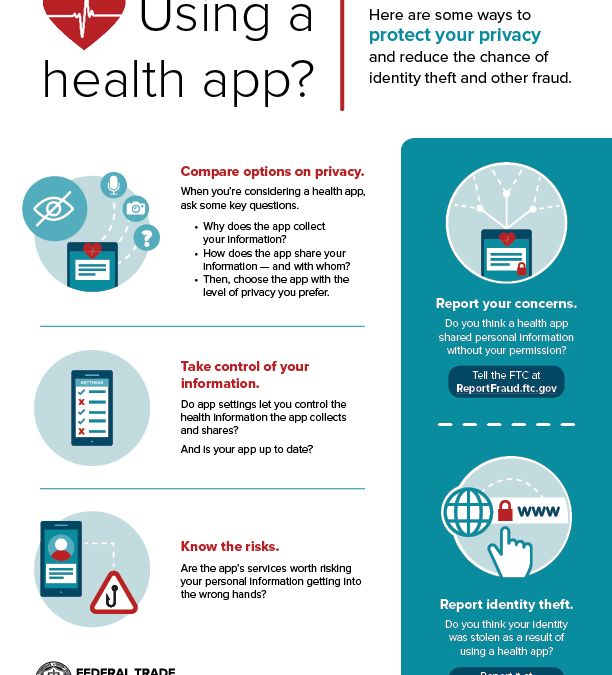
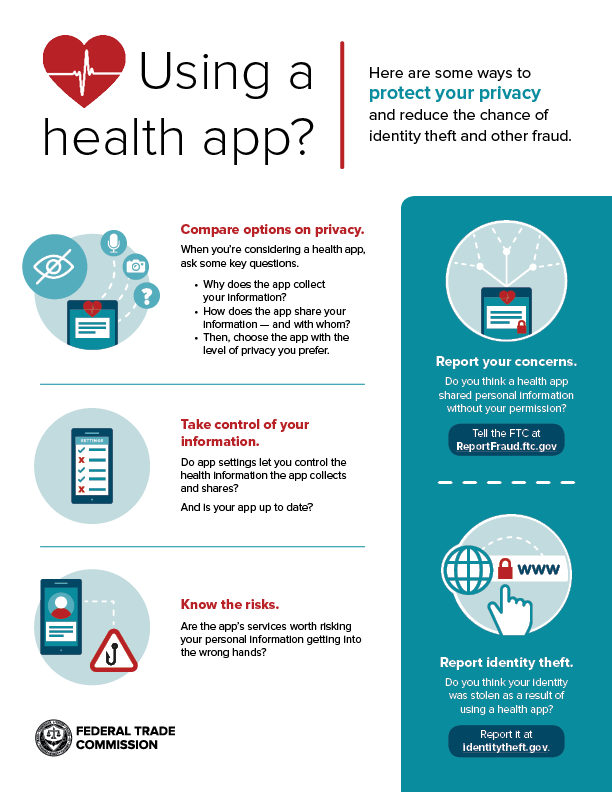


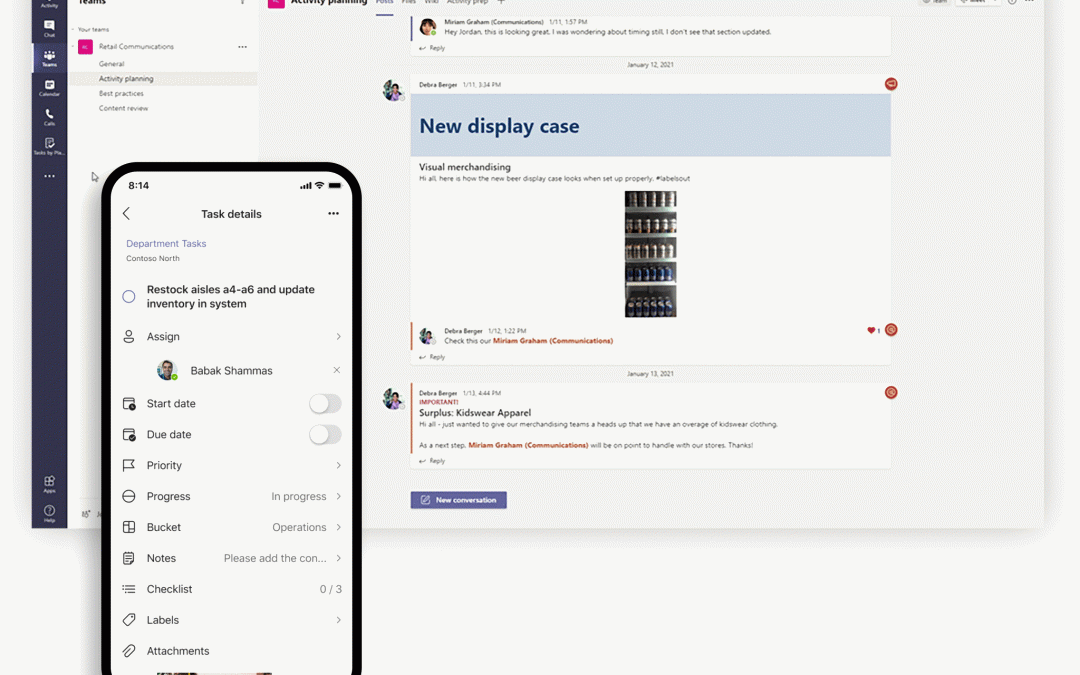
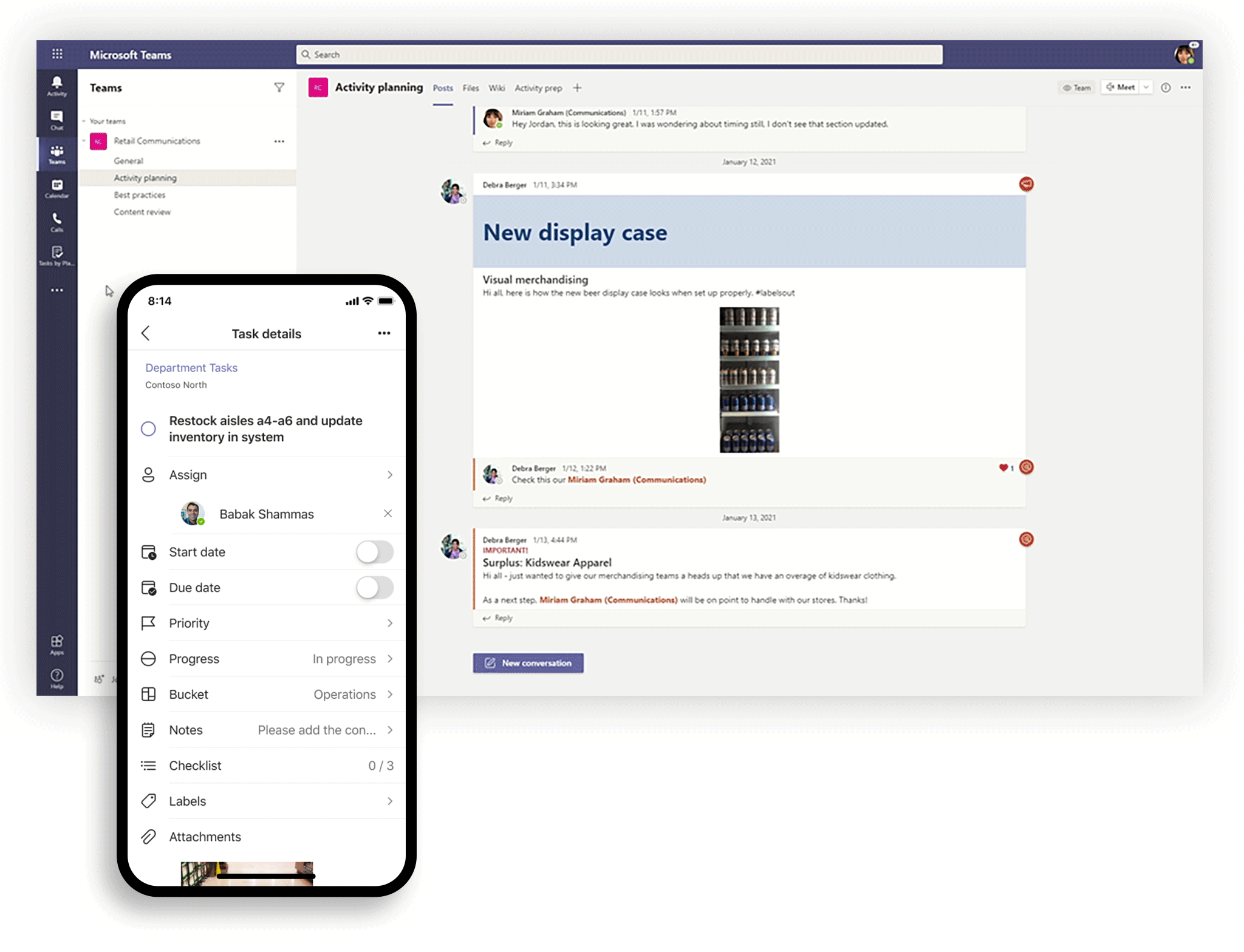
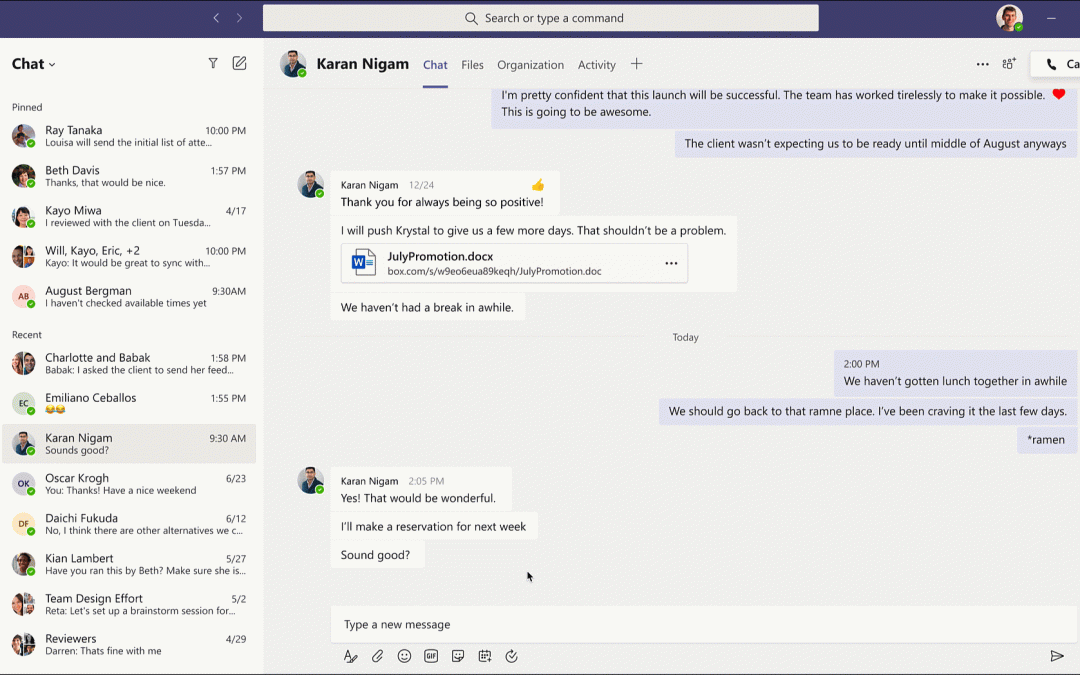
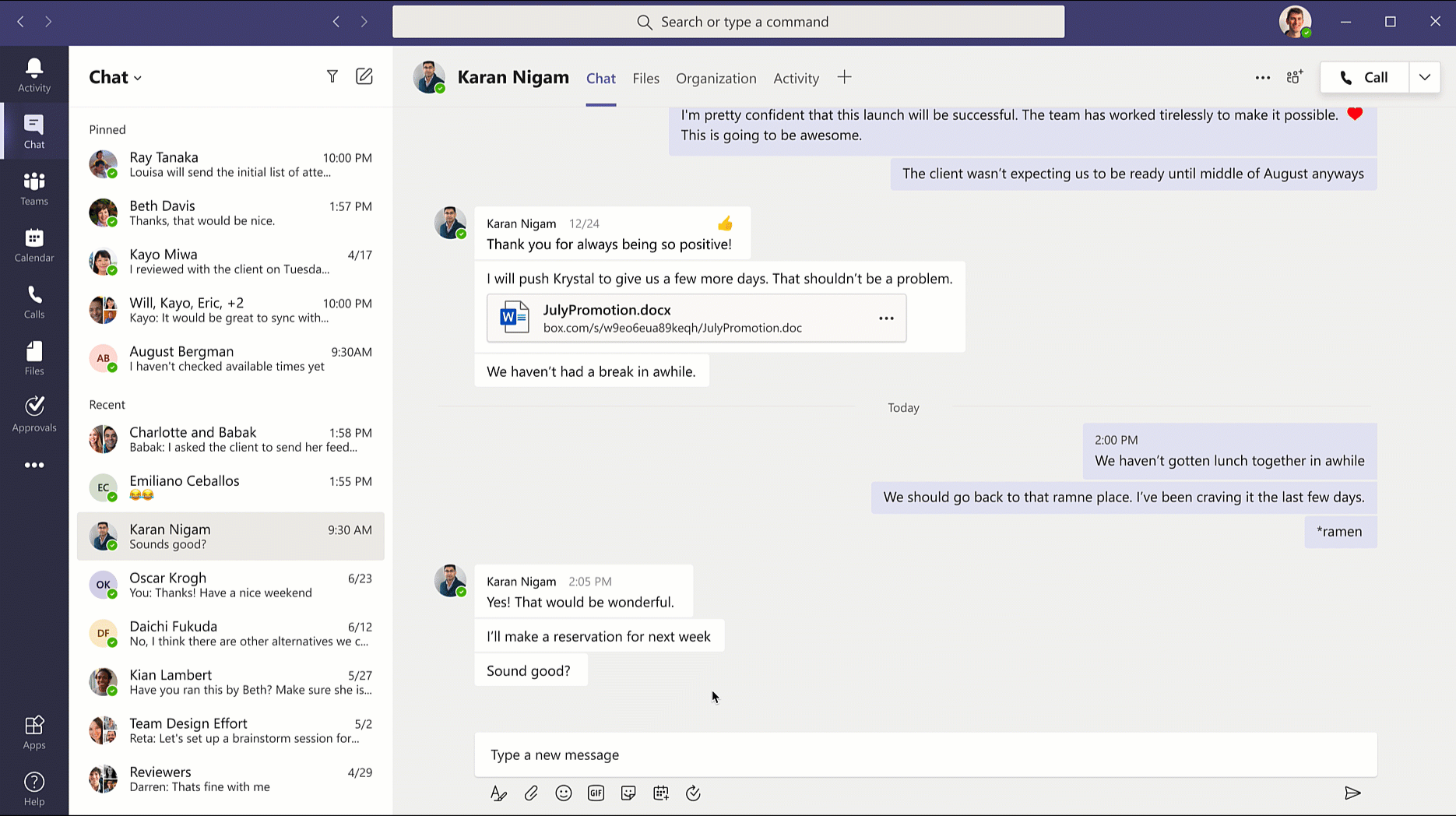
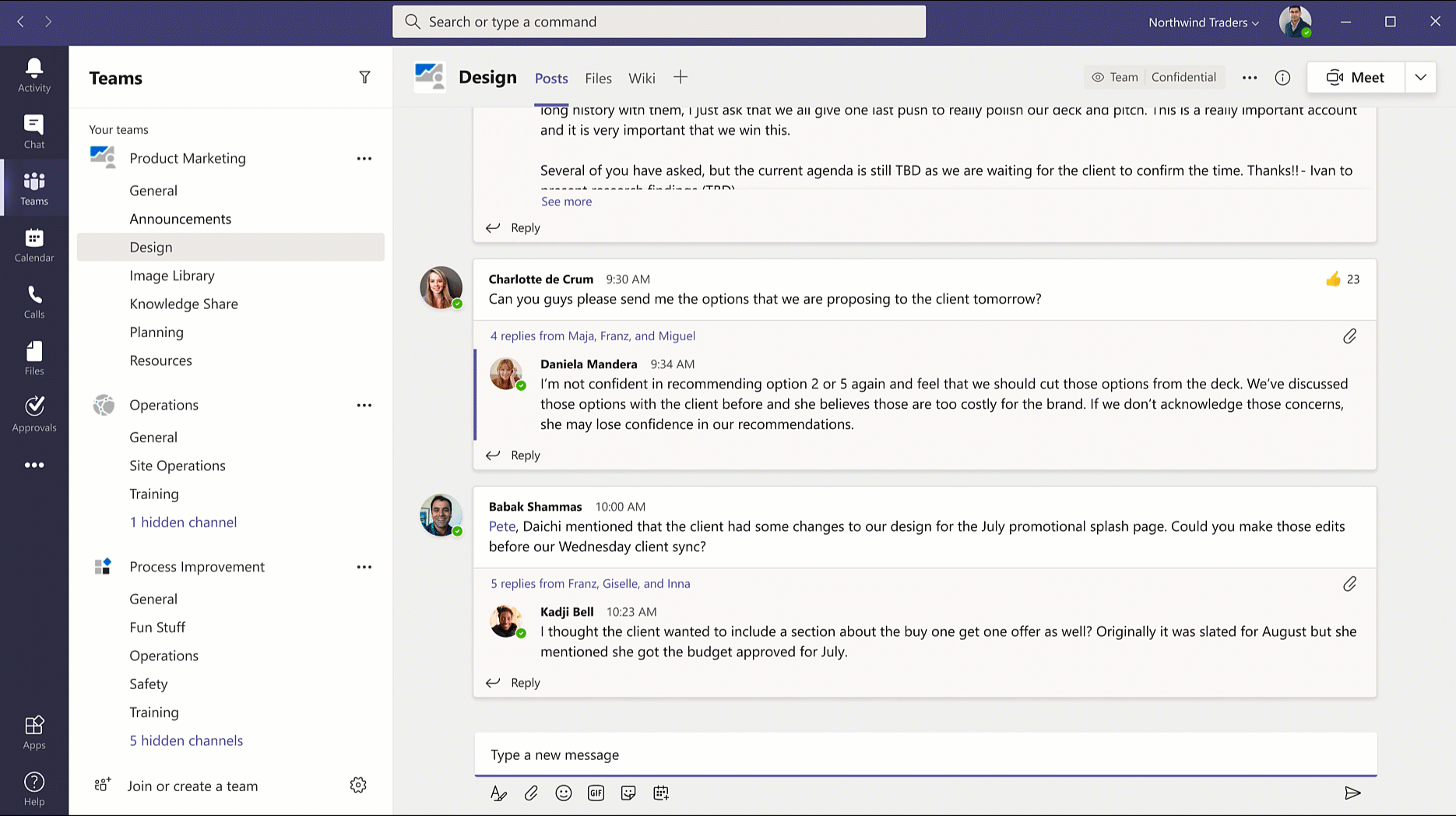
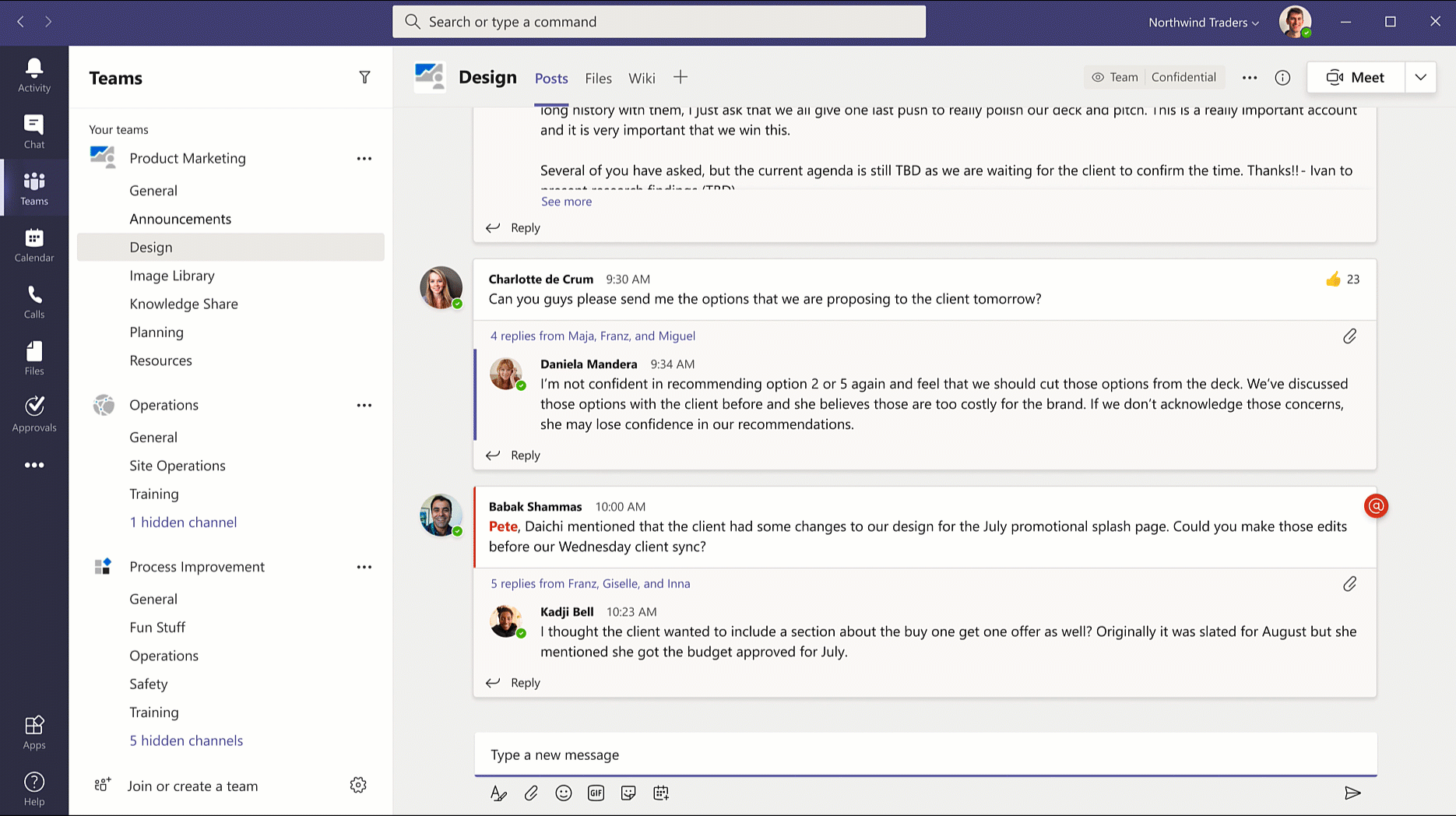
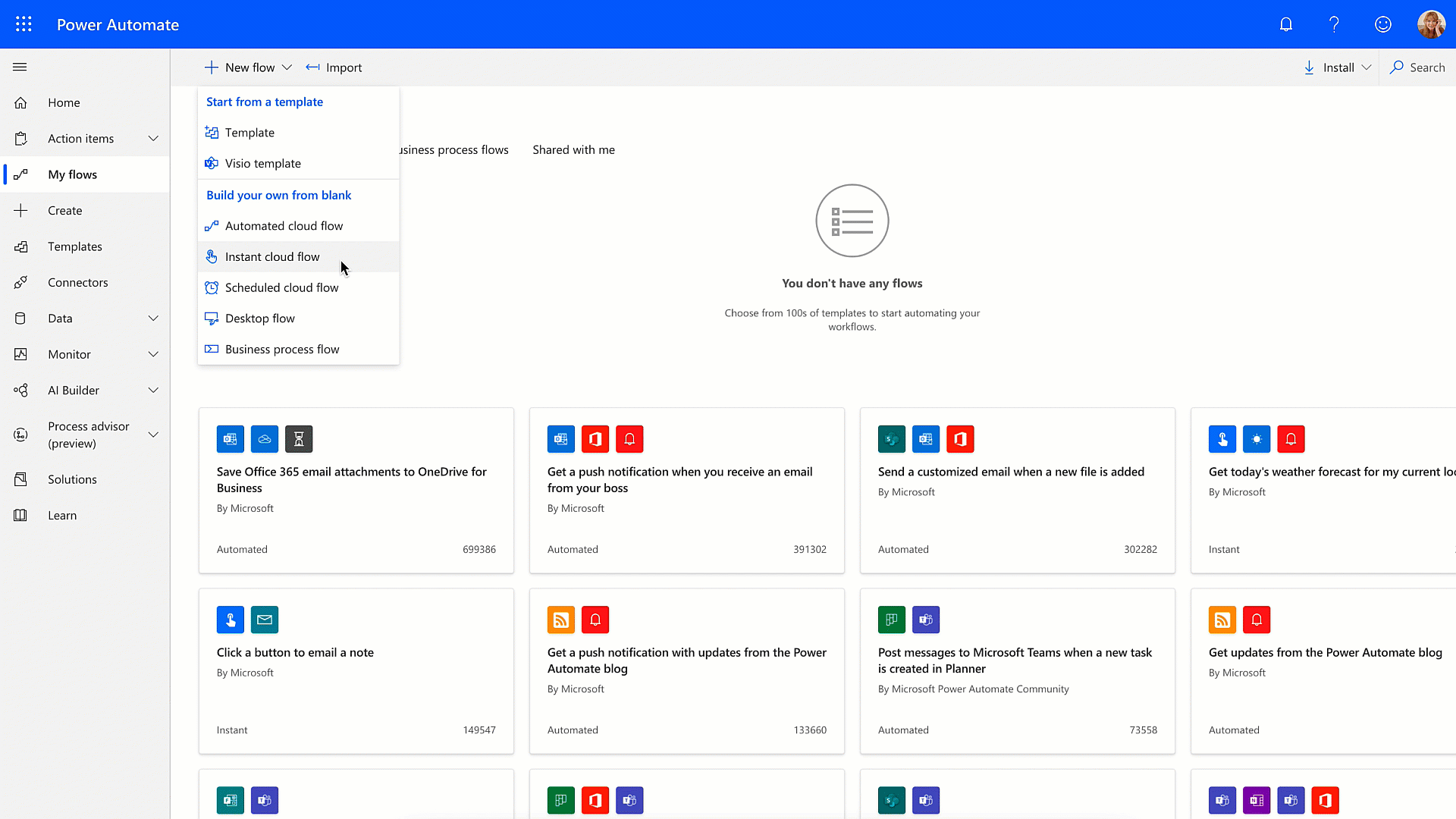

Recent Comments